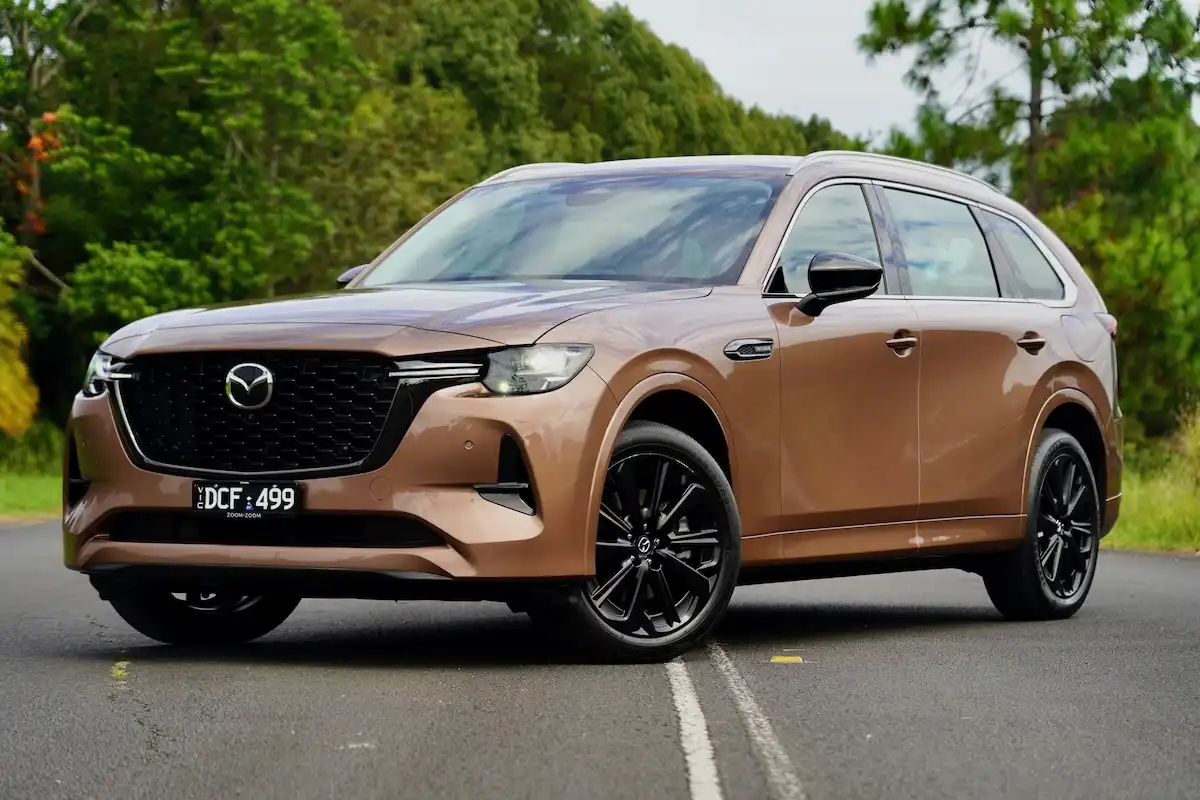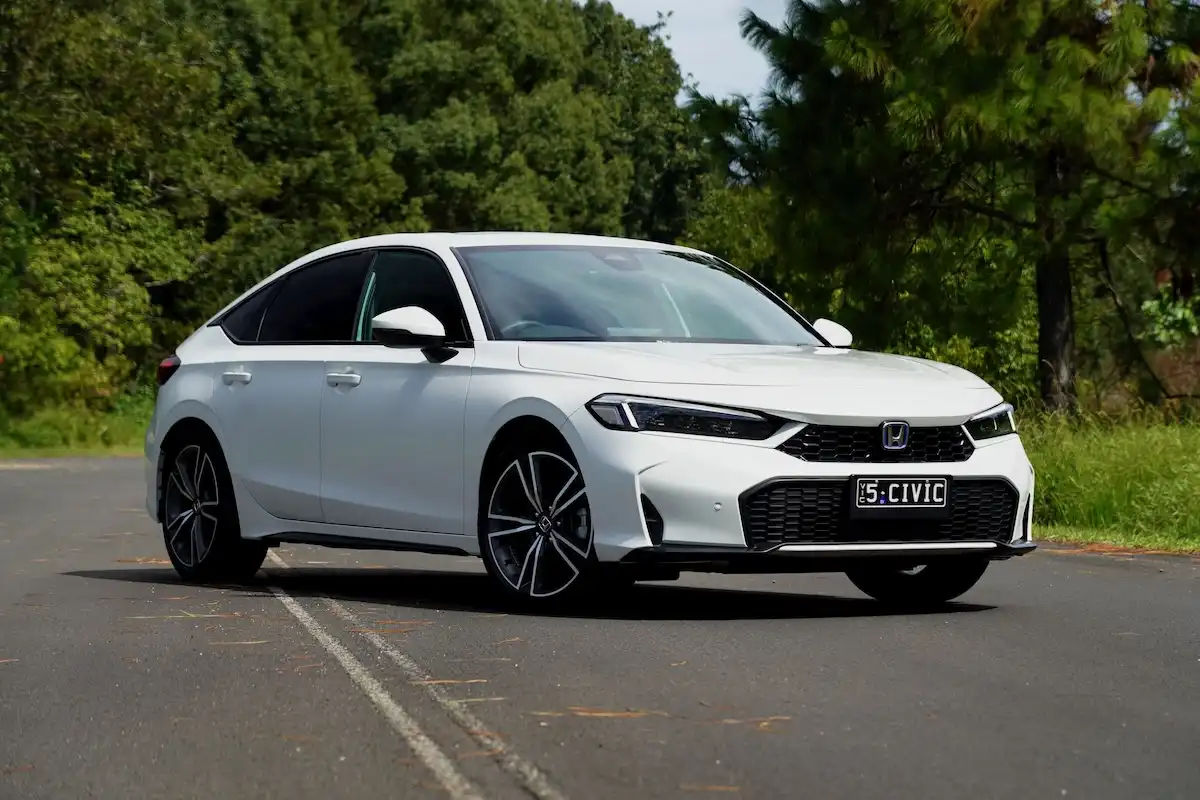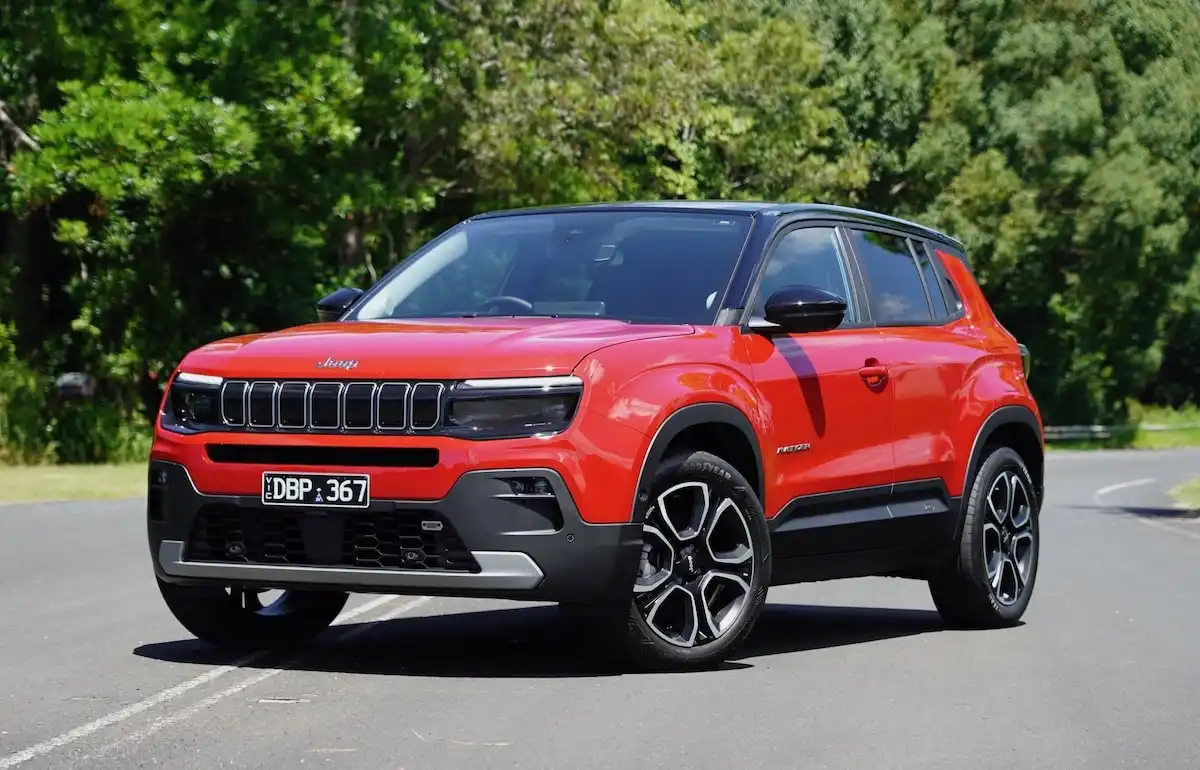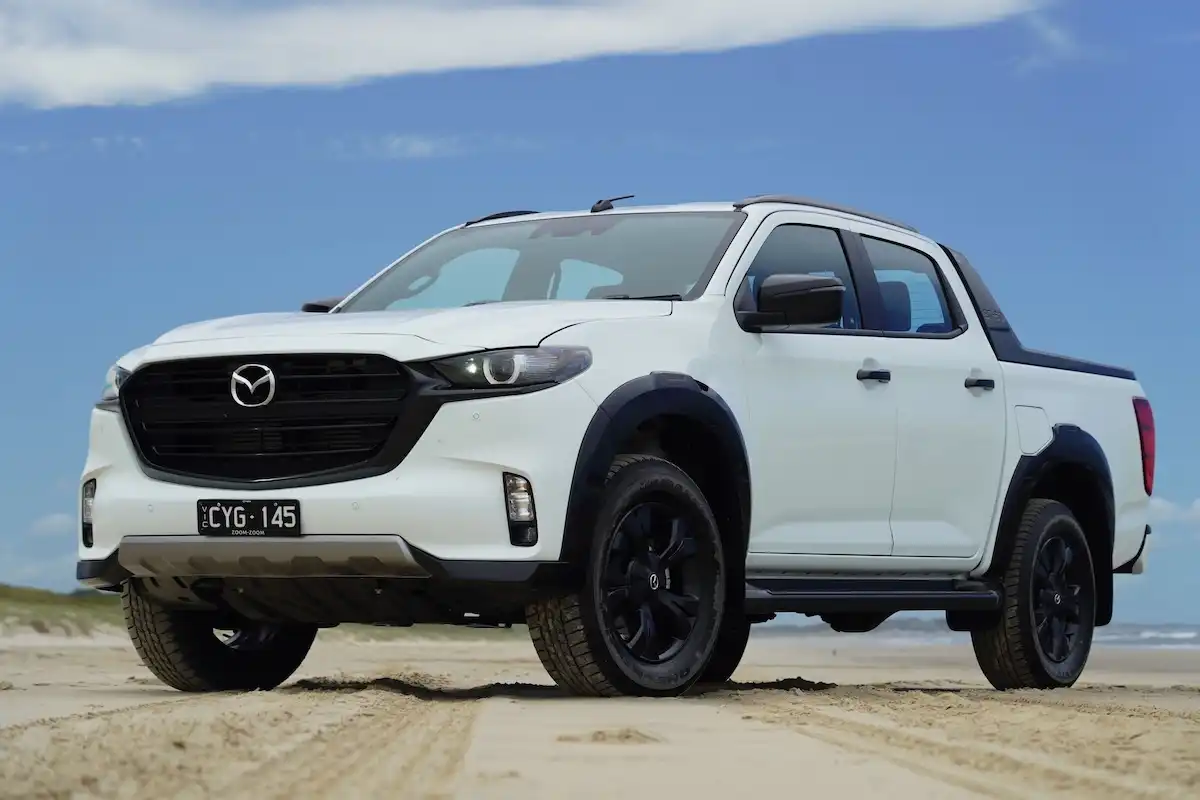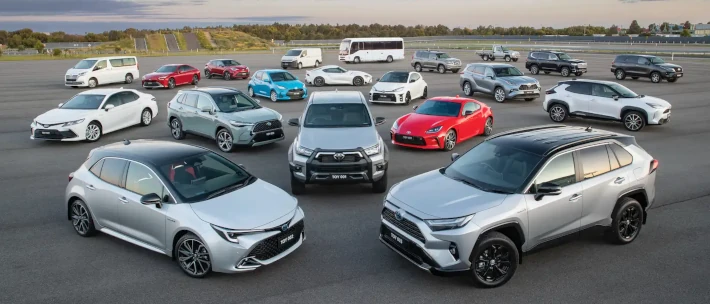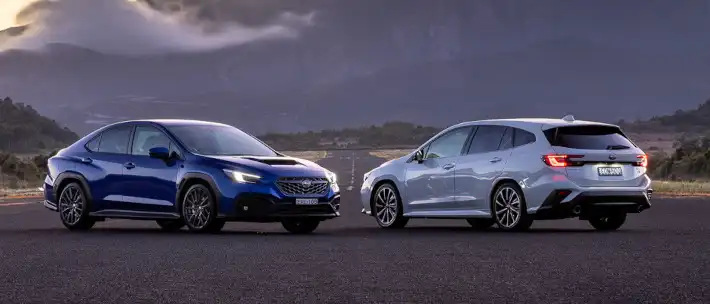After all, internal combustion engines can be refilled within minutes, and petrol stations are plentiful, even in rural areas. Mass adoption of electric vehicles, on the other hand, is a growing challenge for the automotive industry and governments alike. Major manufacturers are responding to government calls for clean transport technology, but in the absence of readily-available electric vehicle charging infrastructure, how realistic is electric car ownership if you’re living in a rural area?
Today we’re going to be talking about the infrastructure changes and improvements to electric vehicles that, in recent years, have made them better suited to country living, even if your commute involves several hundred kilometres each day.
How Long Does It Take To Charge An Electric Car?
How long it will take to fully charge your electric car depends on how big your car’s battery is, and what source of electricity you’re using. Your standard power outlet at home will take significantly longer than the standard public chargers, while a number of speciality fast-chargers can fully charge a vehicle’s battery pack in around an hour. These are typically separated into three categories: level one, two and three charging capacities.
- Charging a 62kWh battery at home using a standard level one charger at home can take as long as 20 hours, with larger battery packs taking even longer. On average, level one charging adds around 15km of range per hour.
- A level two charger, which can be installed in your home with the help of a qualified electrician, brings this figure down to anywhere between 5-8 hours, adding 40km of range per hour of charging.
- A level three ‘fast-charger’ can charge a 62kWh battery pack in around half an hour; level three fast chargers in Australia add anywhere between 150km-400km of range per hour, depending on the capacity of the level three charger, which ranges from 25kW to 300kW.
How Far Can You Travel in an EV on a Single Charge?
Typically, new, cheaper electric vehicles coming to the market in Australia offer range figures above the 450km mark, although real-world driving conditions can see this total range drop to around 400km. Premium brands are also launching more powerful variants fitted with larger battery packs, which offer a range of more than 700km on a single charge, but these vehicles are yet to drop significantly in price for everyday consumers. As battery technology evolves, these larger capacity battery packs will become more affordable, and will likely offer range figures around 700km or more for the same price as those that are offering 400km today in the near future.
Can Electric and Hybrid Cars Work For Country Living?
Hybrid vehicles make electric motoring more accessible to those living in the country, and can eliminate a lot of the range anxiety that EV owners experience if they’re living in a more isolated location. In a hybrid car, a petrol engine works to either act as a generator to create electricity that is stored in the battery, or it works alongside the electric motors to power the wheels. The benefit of hybrid vehicles in rural areas is that they can be topped up with petrol, while the owner benefits from lower running costs over a typical petrol-powered car.
The viability of electric cars, on the other hand, is becoming more and more clear as electric vehicle technology evolves. The major thing that is holding electric vehicle sales back, however, is the range anxiety that EV owners can feel; not knowing if they’ve got enough charge to reach their destination or the next recharging station.
Recent additions to the Australian market offering range figures of 700 kilometres should curb this range anxiety, and go to prove that EVs are not only becoming a more attractive offering for those living in the country, they are already a product that an Australian living rurally could enjoy on a day-to-day basis without many problems, depending on your commute, and more specifically, how close you live to a fast-chargers. With investment toward charging infrastructure increasing, the number of EV chargers in rural areas is set to increase, making electric cars a viable choice for those living in the country.
What is Australia’s Plan For Electric Vehicle Infrastructure?
The mass adoption of hybrid and electric vehicles in Australia remains dependent on two things: their price, and how accessible public fast-charging is on Australian roads. The government says that enabling electric vehicle charging infrastructure is a “high priority initiative” for Infrastructure Australia, which shows the government recognises just how important this is to the mass adoption of electric vehicles. Estimates show that by 2040, EV sales will account for anywhere between 70-100% of new vehicle sales, and in response, Australia should prepare a “network of fast-charging stations” to accommodate this push to electrified motoring.
As a result, in the short-term future, we’ll see significant additions to Australia’s electric vehicle charging network, led by the private sector. The long-term outlook will likely see the Federal government offer more grants for the installation of EV charging stations in rural areas, where commercial incentives are less than in the urban environment.
How Many EV Chargers Are There in Australia?
The most recent estimates from the Electric Vehicle Council show that there are more than 200 level three fast and ultra-fast chargers in Australia, and more than 2,500 level two chargers. These numbers, however, are based on government figures released more than twelve months ago, so the number of chargers is likely to be higher than reported. NSW, for example, has announced more than $171 million will be invested into creating a larger EV charging network in the state, which will no doubt be mirrored by other states moving into the future.
What Government Incentives Are Available For Electric Vehicle Purchases?
The ACT was the first Australian state to offer real-world savings for the purchase of an electric vehicle by waiving stamp duty fees and offering two years of free registration. In more recent months, Victoria and New South Wales have also introduced EV incentive packages, which waive stamp duty fees and even offer cash grants of $3,000 for the purchase of an electric vehicle. These cash grants are only available for a limited time, though, so if you want to make the most of these incentives, we’d advise you to get in quickly before they run out.
Does The Tesla Supercharger Network Work With Other Cars
Tesla was one of the early investors in EV fast-chargers, and offer level three charging across their supercharger network of up to 120kW; enough to charge a large capacity battery in around an hour. Unfortunately for owners of electric vehicles from other manufacturers, Tesla has designed its supercharger network to be compatible only with Tesla vehicles, meaning the infrastructure is exclusively for Tesla customers. There are rumours that Tesla will open up the network for other vehicles in the future, but at this stage, the company is yet to confirm the news.
What is the Cheapest Electric Vehicle in Australia & What is its Range?
Currently, the cheapest electric vehicle on sale in Australia is the MG ZS EV, which features a single electric motor paired with a 44kWh battery pack offering 263km of range on a single charge, and is priced from $40,990.
Need help narrowing down your choices?
Get in touch with one of our Car Buying Specialists today
Request a quote
